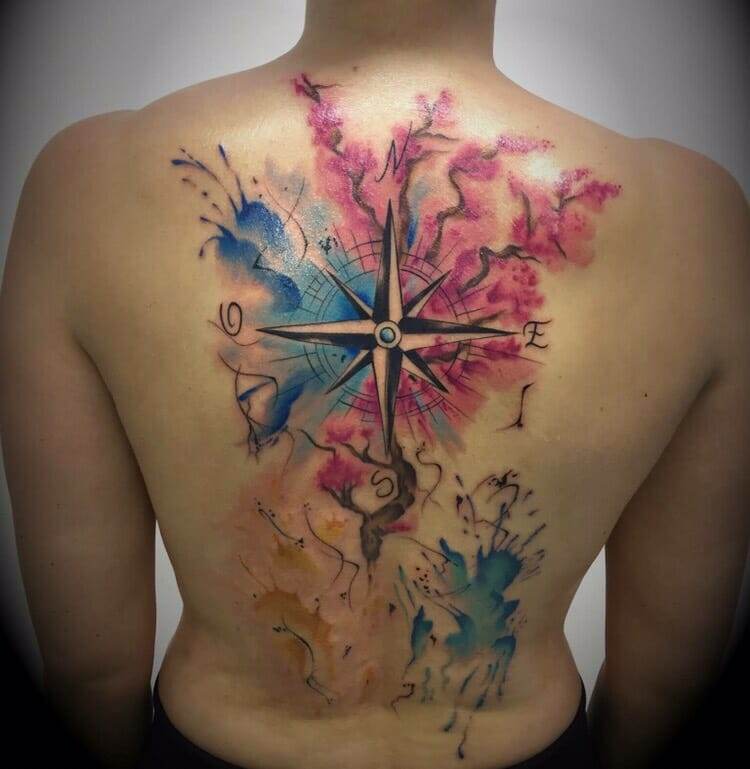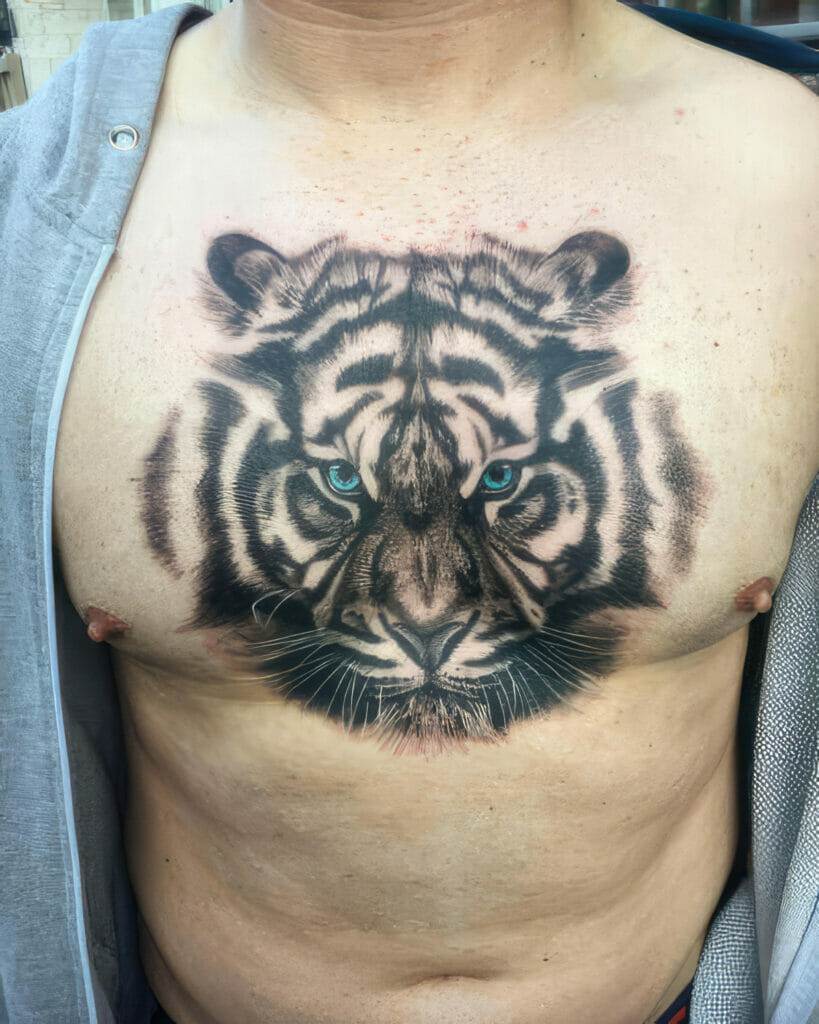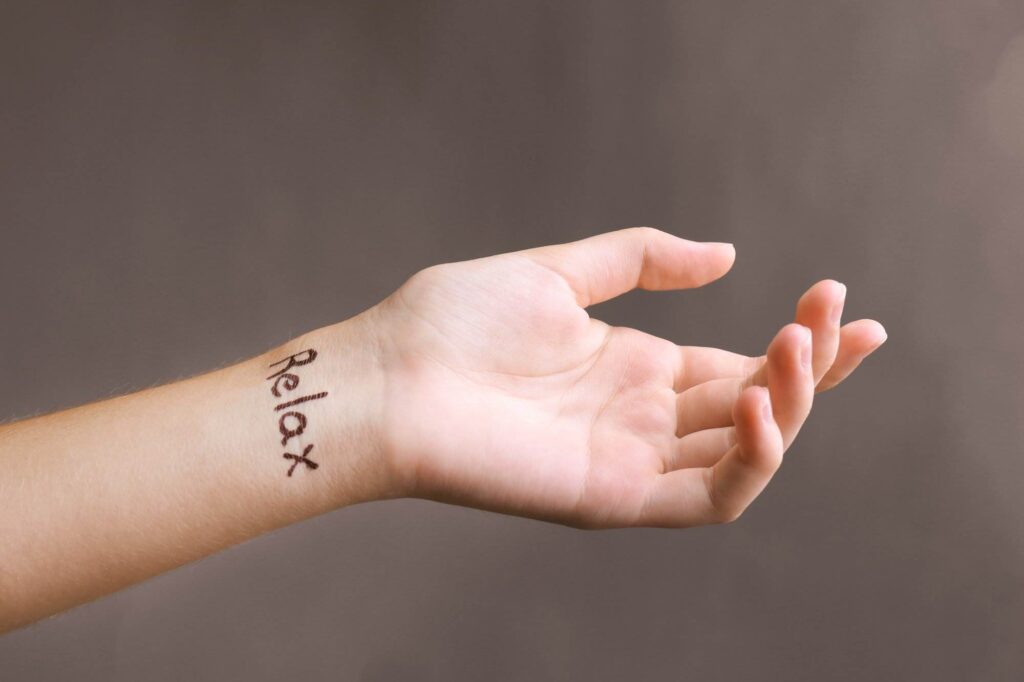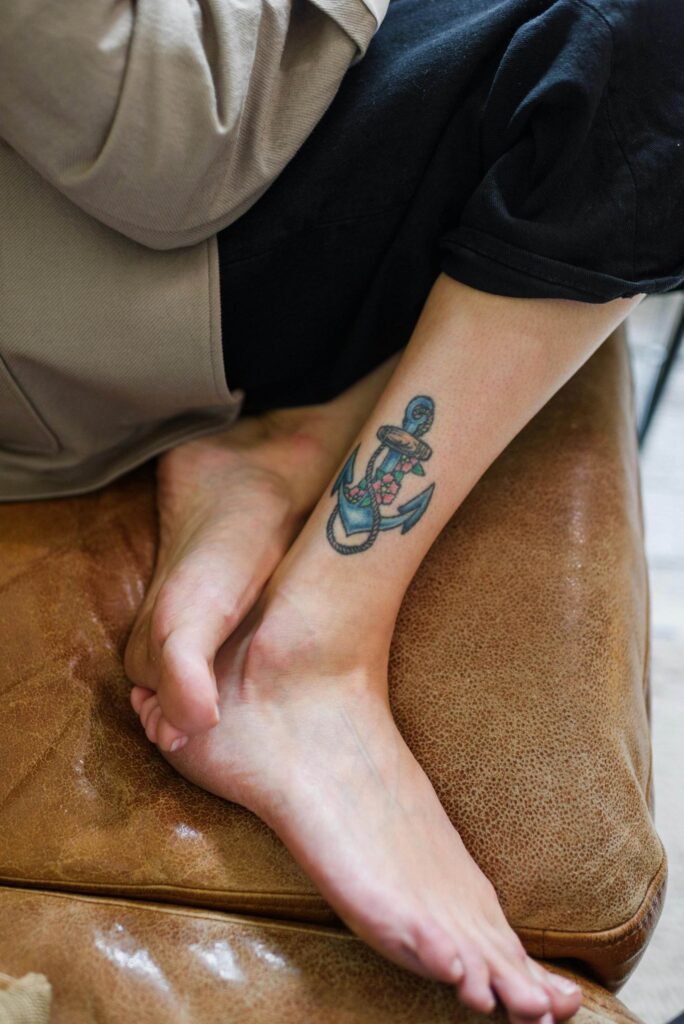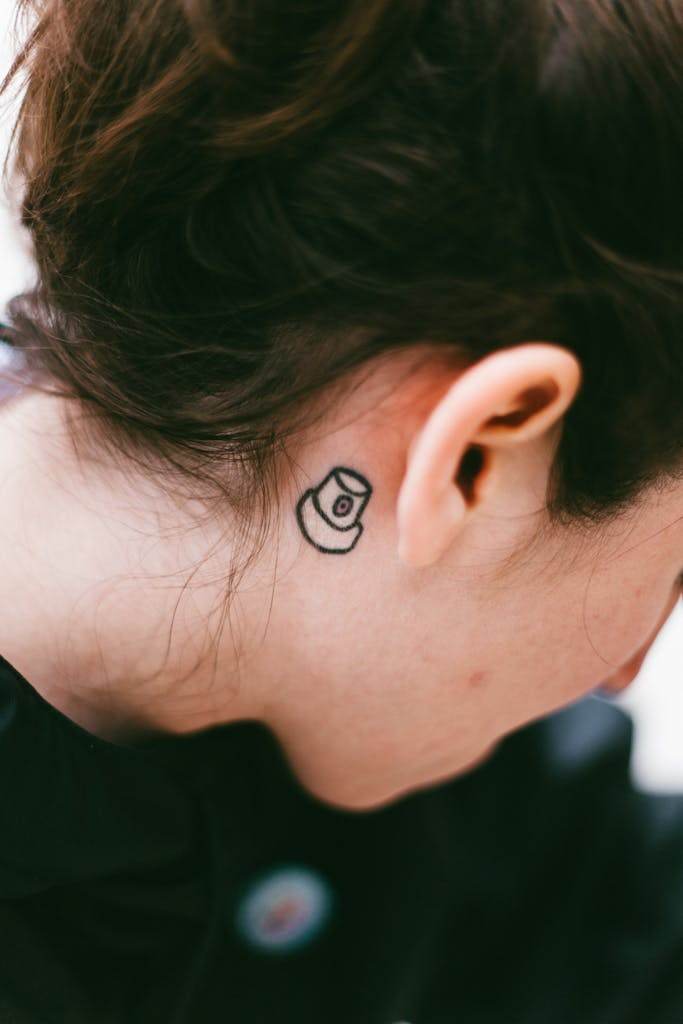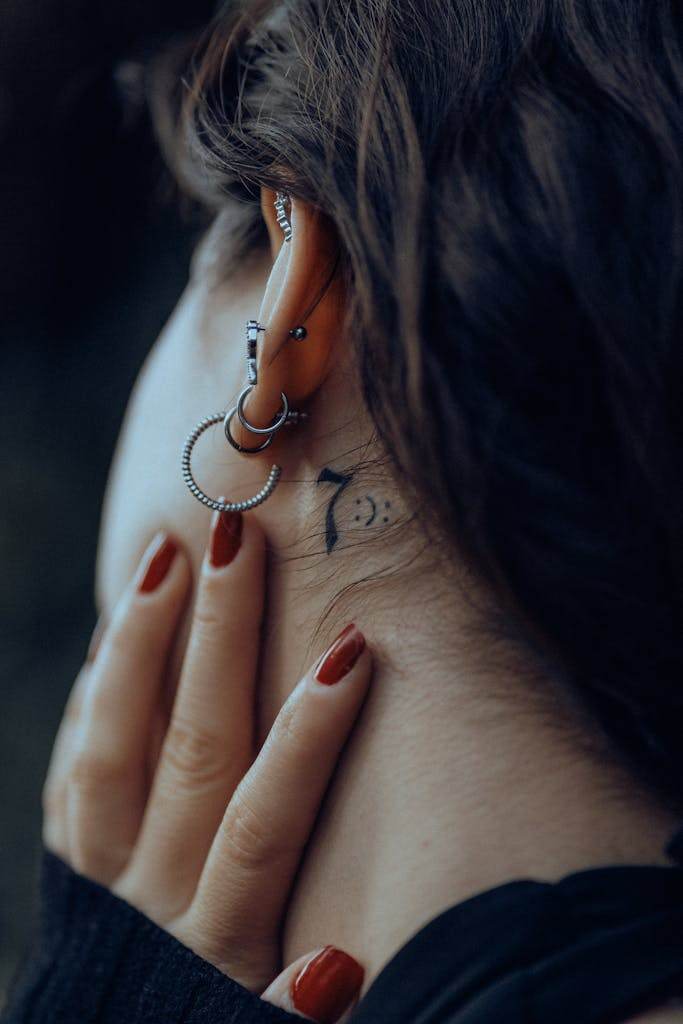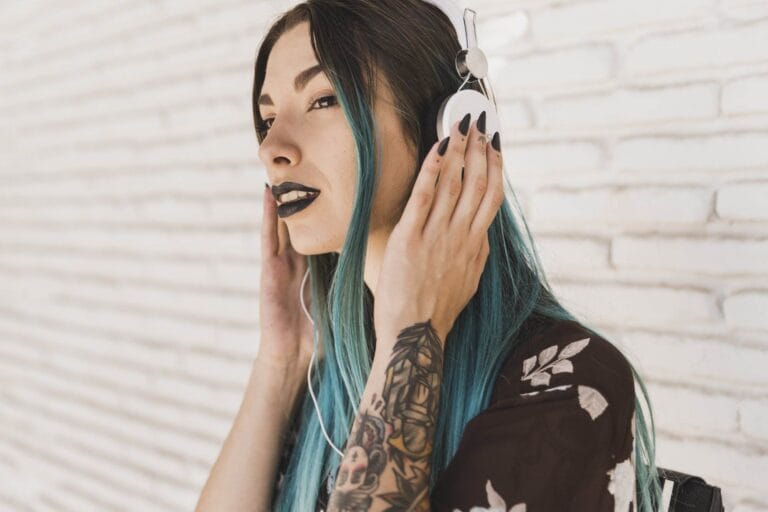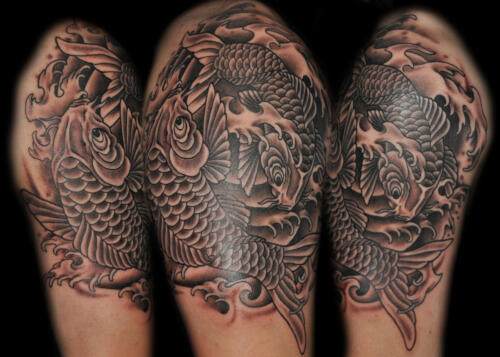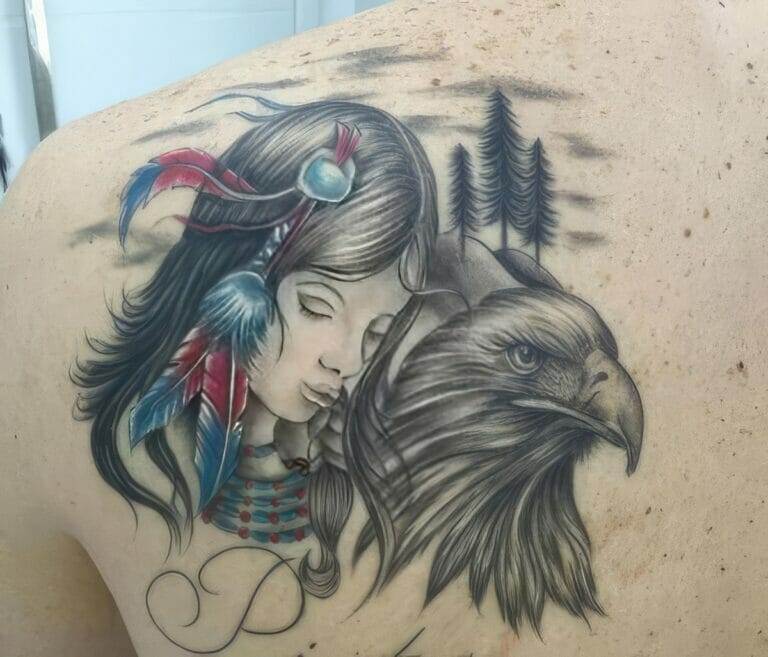
Introduction
Understanding the Importance of Tattoo Placement
When a person decides to get a tattoo, the design is often the focal point of their enthusiasm. However, an equally important aspect that demands consideration is the placement of that tattoo. The location on the body can greatly influence the tattoo’s visibility, the pain associated with getting it, and the overall perception by others. Key factors to contemplate when choosing tattoo placement include:
- Visibility: Do you prefer a tattoo that others can readily see or one that is more discreet?
- Pain Level: Certain areas of the body are more sensitive than others, and this can impact your comfort during the tattooing process.
- Design Compatibility: Some designs may look best on specific parts of the body, enhancing their aesthetic appeal.
Choosing the right placement ensures that your tattoo not only reflects your personality but also complements your body. The right spot can feel like an extension of yourself, making your tattoo a part of your daily life.

History of Traditional Tattoo Spots
Tattoo placement has a rich history that reflects cultural significance, societal norms, and personal expression. Traditionally, certain spots on the body have been favored for specific reasons:
Arms and Legs:
In many cultures, tattoos on the arms and legs symbolized strength or bravery, often linked to warrior heritage.
Back and Chest:
These areas were often chosen for larger designs, serving as canvases for intricate artwork or narratives, representing personal journeys and achievements.
Face and Hands:
While this placement remains controversial in modern society, in cultures such as the Maoris of New Zealand, facial tattoos convey lineage and identity.
Through the ages, tattoo placement has evolved. In ancient tribes, tattoos indicated social status or achievements, while contemporary tattoo culture often emphasizes personal preference and artistic expression. Understanding this history provides insight into the continued evolution of tattoo placement as a reflection of identity and societal change.
Top Tattoo Placement Spots for Men
Sleeve Tattoos
When it comes to making a bold statement, few options compare to sleeve tattoos. Encompassing the entire arm, these designs allow for extensive creativity and personal expression. Sleeve tattoos can vary dramatically in form—some men opt for a full sleeve, covering every inch, while others might choose a half-sleeve that extends from the shoulder to the elbow.
Versatility: Whether you prefer intricate mandalas, tribal designs, or portraits, sleeves offer ample space for elaborate artworks that tell a story.
Visibility: Depending on your lifestyle and occupation, sleeves can be concealed or displayed, providing flexibility in how you choose to showcase your tattoo.
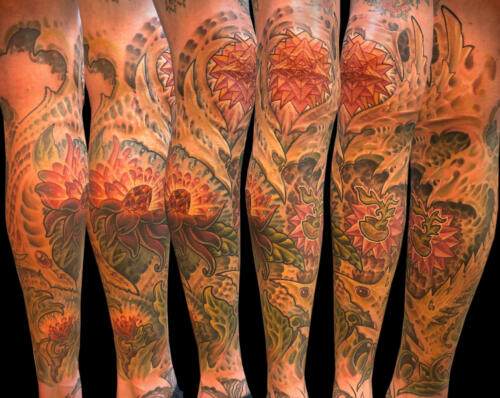
Personalization: Many men opt for sleeves that represent their journey, incorporating significant symbols, dates, or images that resonate deeply with their experiences.
The decision to go for a sleeve tattoo often reflects a commitment to meaningful body art, making it a favorite among men who appreciate a bold aesthetic.
Chest and Back Tattoos
Chest and back tattoos are another popular choice among men, known for their grandeur and the ability to accommodate larger designs. These areas provide a substantial canvas, making them ideal for men who want a dramatic display of artistry.
Expansive Canvas:
The chest and back offer significant space for intricate pieces, from large beasts and elaborate landscapes to more personal symbols.
Impact:
Tattoos in these areas tend to have a major visual impact, especially with designs that flow across the chest or down the back.
Layering and Shading:
The skin’s natural contours can enhance the design, allowing for creative layering and shading techniques that add depth and dimension.
Men often choose chest and back tattoos to convey strength and personal meaning, whether it’s a tribute to something meaningful or a piece that simply reflects their personality. The heft of these tattoos can create a powerful aesthetic that resonates with the wearer and those who appreciate the art. Furthermore, with the option to keep them covered or proudly displayed, these placements offer a mix of discretion and boldness that many find appealing.
Top Tattoo Placement Spots for Women
Wrist and Ankle Tattoos
For many women, wrist and ankle tattoos serve as charming expressions of personal style and identity. These locations are particularly favored for their subtlety and elegance, as they allow for small yet impactful designs.
- Discreet Elegance: Wrist tattoos can be easily hidden under a watch or bracelet, making them ideal for those who prefer a tattoo that doesn’t dominate their appearance. Ankle tattoos, similarly, can be displayed or concealed depending on footwear choices.
- Design Options: Popular designs for these placements include delicate florals, meaningful symbols, or inspiring quotes that resonate with the wearer’s life and experiences. These smaller tattoos can also complement one’s fashion choices beautifully.
- Personalization: A tattoo on the wrist or ankle can become a daily reminder of an important message or belief, enhancing one’s personal identity through continuous visibility.
The wrist and ankle offer the perfect balance between boldness and finesse, making them appealing choices for women who wish to keep their tattoos subtle yet significant.
Rib Cage Tattoos
The rib cage is a compelling option for women looking to make a statement with their body art. Tattoos in this area tend to evoke a sense of strength and sensuality, often chosen for their aesthetic appeal and the canvas they provide for more extensive artwork.
- Large and Intricate Designs: The rib cage allows for larger tattoos that can flow seamlessly from the front to the back, encompassing a variety of styles, from floral designs to intricate mandalas.
- Personal Meaning: Many women select rib cage tattoos that symbolize personal growth or meaningful experiences, utilizing the broader canvas to convey a narrative in a more extensive and detailed manner.
- Pain Consideration: It’s worth noting that rib cage tattoos can be among the more painful placements, given the proximity to bones and nerves. However, for many women, the pain becomes a part of the tattoo’s story, adding to the experience.
Rib cage tattoos carry a unique allure, combining beauty, artistry, and personal significance. They are an excellent choice for women who seek to express their individuality and resilience through body art, making each piece a powerful statement of who they are.
Unique Tattoo Placement Spots
Finger Tattoos
Finger tattoos have surged in popularity over recent years, captivating individuals with their delicate designs and unique placement. These tattoos can range from simple outlines to intricate symbols, making them versatile yet impactful.
Subtlety and Style: One of the appeals of finger tattoos is their discreet nature. Whether it’s a small heart, a meaningful word, or a minimalist geometric design, they can easily be shown or hidden based on one’s mood or setting.
Symbol of Ownership: Many people choose to get finger tattoos to represent something they deeply care about. For instance, a wedding ring tattoo has become a sentimental alternative for couples who want to signify their bond without traditional jewelry.
Creative Placement: The unique contours of fingers allow for creative placements, such as designs that wrap around the finger or sit on the knuckles.
However, it’s essential to remember that finger tattoos can fade more quickly because of the frequent movement and exposure to elements. Regular touch-ups may be required, but many view this as a small price to pay for the personal uniqueness these tattoos offer.
Behind the Ear Tattoos
Behind the ear tattoos are another unique placement that exudes a sense of intrigue and allure. This spot allows for a playful balance between visibility and discretion, depending on one’s hairstyle.
- Easily Concealed: For those who appreciate a tattoo but wish to keep it low-profile, behind the ear is an ideal location. Long hair can cover it up, providing an element of surprise for those who catch a glimpse of it.
- Design Options: Common choices for this area include small symbols, words, or artistic designs that flow with the natural shape of the ear. These can be simple yet profoundly meaningful—like a small feather, a meaningful date in numerals, or even an abstract form.
- Wearing Your Story: Many individuals opt for behind-the-ear tattoos to symbolize an essential aspect of their lives, making it a private treasure that holds significant meaning.
Ultimately, unique placements like finger and behind-the-ear tattoos allow for personal stories to be shared in a way that feels intimate and special. These choices reflect individuality while providing options for those who desire a tattoo that can be effortlessly displayed or hidden.
Considerations for Choosing the Right Tattoo Placement
Pain Level of Different Body Areas
Choosing the right tattoo placement is a crucial consideration that can significantly influence your tattoo experience. One of the primary factors to assess is the pain level associated with different body areas. While individual pain thresholds vary, some general patterns can help guide your decision.
- Sensitive Areas: Regions with less flesh and more bone or nerve endings tend to be more painful. These include:
- Rib Cage: Known for being one of the most painful areas due to the proximity to bones.
- Elbows and Knees: These joints have thinner skin and are quite sensitive.
- Moderate Pain Levels: Areas like the forearm, upper arm, and thigh usually have a bit more flesh, resulting in a more manageable pain experience. These spots tend to be popular for larger pieces, as they offer some discomfort without being overly painful.
- Low-Pain Zones: Areas like the upper shoulder, outer thigh, and calf are generally regarded as lower in pain, making them suitable for first-time tattoo seekers.
Understanding the pain levels associated with specific placements helps you prepare both mentally and physically for the tattooing process.
Impact of Tattoo Placement on Design Aesthetics
Beyond pain considerations, the placement of a tattoo significantly affects its design aesthetics. The chosen body area can alter the way a tattoo is perceived and how it integrates with your body’s natural contours.
- Canvas Size and Shape: Larger tattoos can benefit from placements that provide ample space, such as the back or chest. These areas allow intricate designs to flow seamlessly along the body, emphasizing the artwork’s detail.
- Orientation and Flow: The body’s natural curves and movement can enhance or potentially disrupt the tattoo’s design. For instance, vertical designs often work well on the arm or leg, while flowing designs might be better suited for the back or side.
- Visibility and Context: Consider how visible you want your tattoo to be. Tattoos on the wrist or ankle may be more visible during daily activities, while back tattoos can be concealed completely under clothing. This can influence not only personal aesthetics but also how others perceive the tattoo.
Taking the time to evaluate these considerations—pain levels and design aesthetics—ensures that your tattoo placement aligns with your vision and intention. An informed choice ultimately enhances your overall experience and satisfaction with the artwork.

